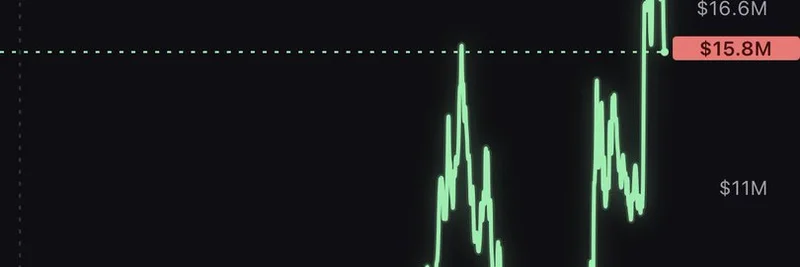Hey there, crypto enthusiasts! If you’ve been keeping an eye on the decentralized finance (DeFi) world, you’ve probably heard about the recent chaos surrounding GMX, a popular Ethereum Layer 2 (L2) based exchange. On July 9, 2025, a massive exploit rocked the platform, draining approximately $42 million in crypto assets. Let’s break it down in a way that’s easy to digest, even if you’re new to the blockchain game.
What Happened During the GMX Exploit?
The attack targeted GMX’s V1 protocol on Arbitrum, a Layer 2 scaling solution for Ethereum. The hacker pulled off a clever move using a reentrancy attack—a sneaky tactic where a malicious contract calls back into the victim’s contract multiple times before the first call finishes. This allowed the attacker to mint a crazy amount of GLP tokens (GMX’s liquidity provider tokens) and cash them out for valuable assets like USDC, ETH, DAI, FRAX, and wrapped Bitcoin (wBTC).
By the time the dust settled, about $9.6 million of the stolen funds had been bridged to Ethereum, while the remaining $32 million stayed on Arbitrum. Yikes! This kind of loss is a big deal, especially when you consider it’s part of a whopping $2.5 billion lost to crypto hacks in 2025 alone.
How Did GMX Respond?
The GMX team didn’t waste time. They immediately halted trading on GMX V1 and disabled minting and redeeming of GLP tokens on both Arbitrum and Avalanche to stop the bleeding. They confirmed the exploit was limited to V1, so V2, other markets, and the GMX token itself were safe—for now. To sweeten the deal, they offered the hacker a 10% white-hat bounty (around $4.2 million) to return the funds within 48 hours, with a promise of no legal action if they played nice.
The Aftermath: Price Drops and Security Concerns
As you can imagine, this news sent shockwaves through the market. The GMX token price took a nosedive, dropping 15-28% to a low of $11.20-$12.51. Blockchain security firms like PeckShield and SlowMist pointed fingers at a design flaw in how GLP token prices were manipulated, despite GMX’s contracts being audited. This raises a big question: if audits can’t catch everything, how safe is DeFi really?
The team is working with security partners to investigate, but no official word on the exact exploit vector has dropped yet. For now, it’s a waiting game.
Why Ethereum L2 Is Under the Spotlight
The original poster, MartyParty, has been sounding the alarm about Ethereum L2 risks for a while, and this incident seems to back up their claims. Layer 2 solutions like Arbitrum are designed to make Ethereum faster and cheaper, but they can introduce new vulnerabilities. The complexity of bridging assets between Layer 1 and Layer 2, combined with unique consensus mechanisms, can create weak spots that hackers love to exploit.
This isn’t the first time GMX has faced trouble either. Back in 2022, a $565,000 price manipulation exploit hit the platform, showing that security challenges are an ongoing battle. As DeFi grows, incidents like this highlight the need for stronger safeguards and regular audits.
What Does This Mean for Meme Tokens and DeFi?
At Meme Insider, we’re all about keeping you in the loop on how these events ripple through the crypto world, including the wild realm of meme tokens. While GMX itself isn’t a meme coin, its exploit could spook investors across the board, potentially affecting sentiment around riskier assets. If DeFi platforms can’t lock down security, it might push more people toward centralized exchanges—or even newer L2 solutions like Hyperliquid, as some X users suggested.
Looking Ahead
The GMX team’s quick response and bounty offer are steps in the right direction, but the road to recovery won’t be easy. With $2.5 billion in hacks this year, the crypto community is itching for answers. Will this push Ethereum L2 developers to rethink security? Can GMX bounce back with a compensation scheme, as some speculate on AInvest? Only time will tell.
For now, stay curious and cautious, folks! Follow Meme Insider for the latest updates on this story and how it might shake up the meme token landscape. Got thoughts on the GMX exploit? Drop them in the comments—we’d love to hear from you!


